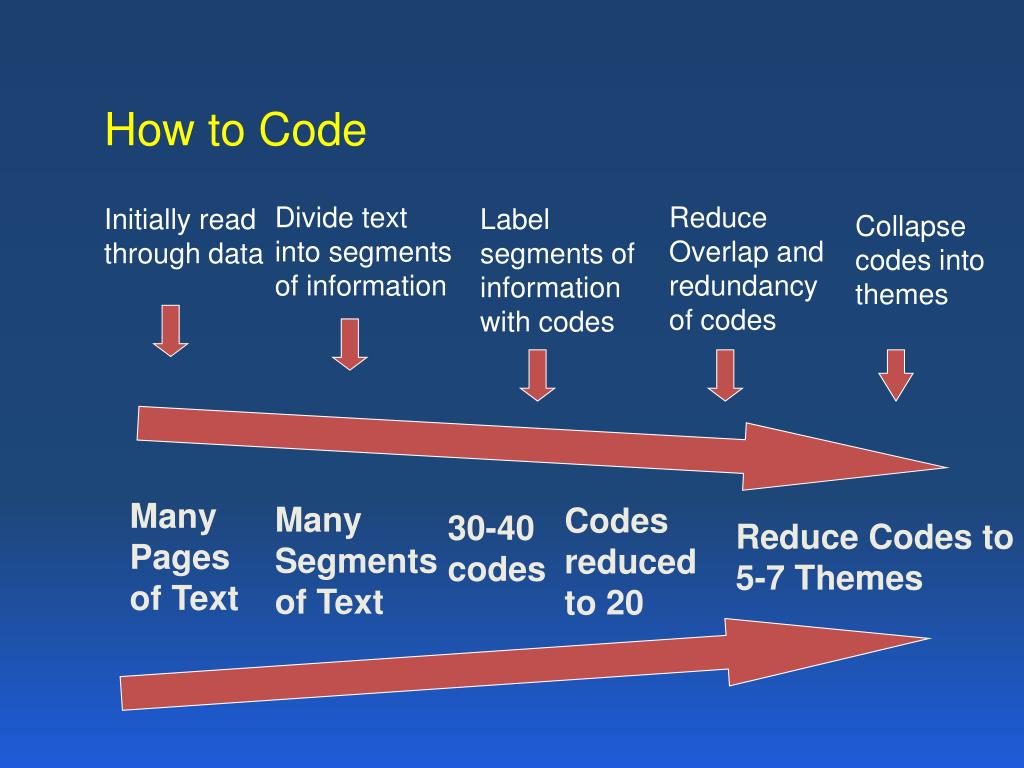


This qualitative study aimed to capture the lived experiences of first responders (FRs) combatting the opioid epidemic in an effort to better understand how the increase in opioids, opioid-related harm, and opioid-related death has affected the FR profession. Hence, our findings provide policy and decision-makers with intra-community information to identify factors influencing STRB application. This study sheds light on the reforms needed in the Icelandic system to facilitate resource recovery from sewage sludge in Iceland using NBS and STRB. A causal loop between biodiversity, sustainability, and seawater quality was identified in the aggregated CD. The InDGs and DGs were classified into themes to visualize the effect of variables on 13 topical groups in Causal Diagrams (CDs) focusing on NBS and Sludge Treatment Reed Bed (STRB) technology. The Vensim model identified 85 InDGs, 43 DGs, and 42 IGs. These variables were mapped using the Vensim model to visualize the causality of each variable with one another. 170 variables were found within codes and classified into Independent, Dependent, and Intervening Groups of variables (InDGs, DGs, and IGs, respectively). The interviews were transcribed using Vivo coding, an open-coded method. Semi-structured interviews with the representatives of these five groups were conducted across Iceland. To visualize the perception of NBS key stakeholders and to identify potential opportunities and eventual conflicting interests, five groups of stakeholders were identified: i) academics, ii) governments, iii) NGOs, iv) water companies, and v) local communities. To ensure the successful implementation of Nature-Based Solutions (NBS), it is essential to assess the perception of key stakeholders.


 0 kommentar(er)
0 kommentar(er)
